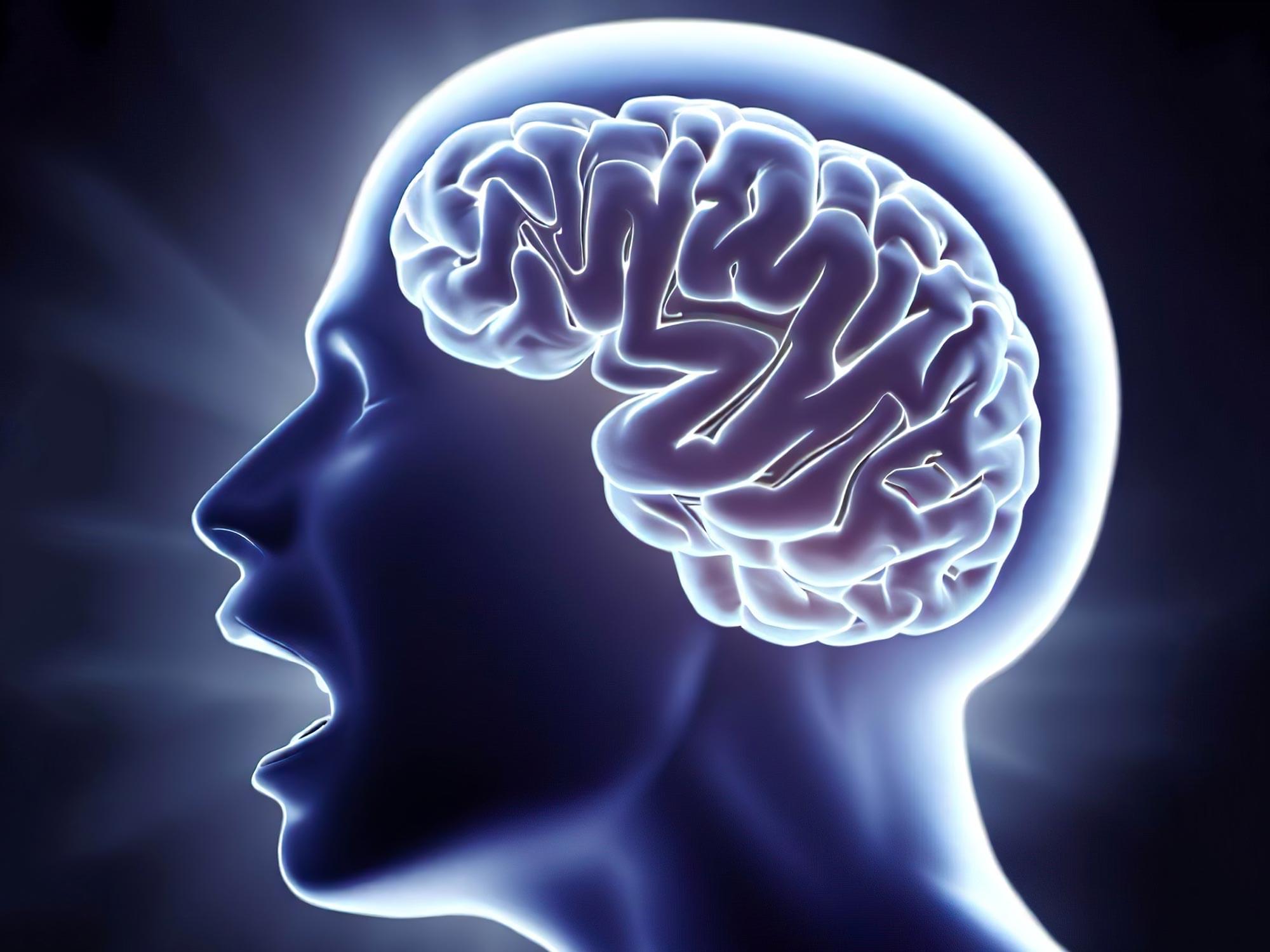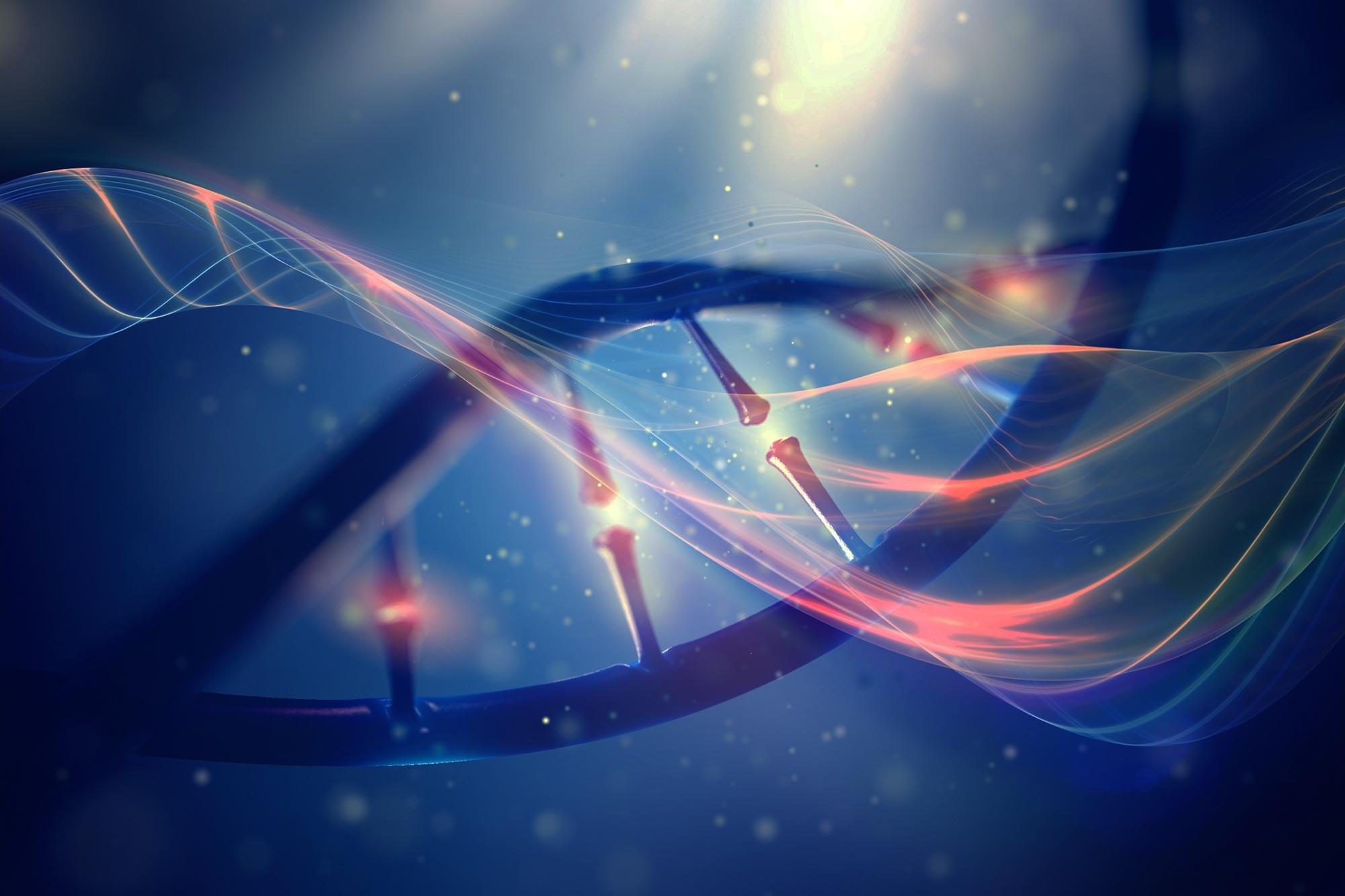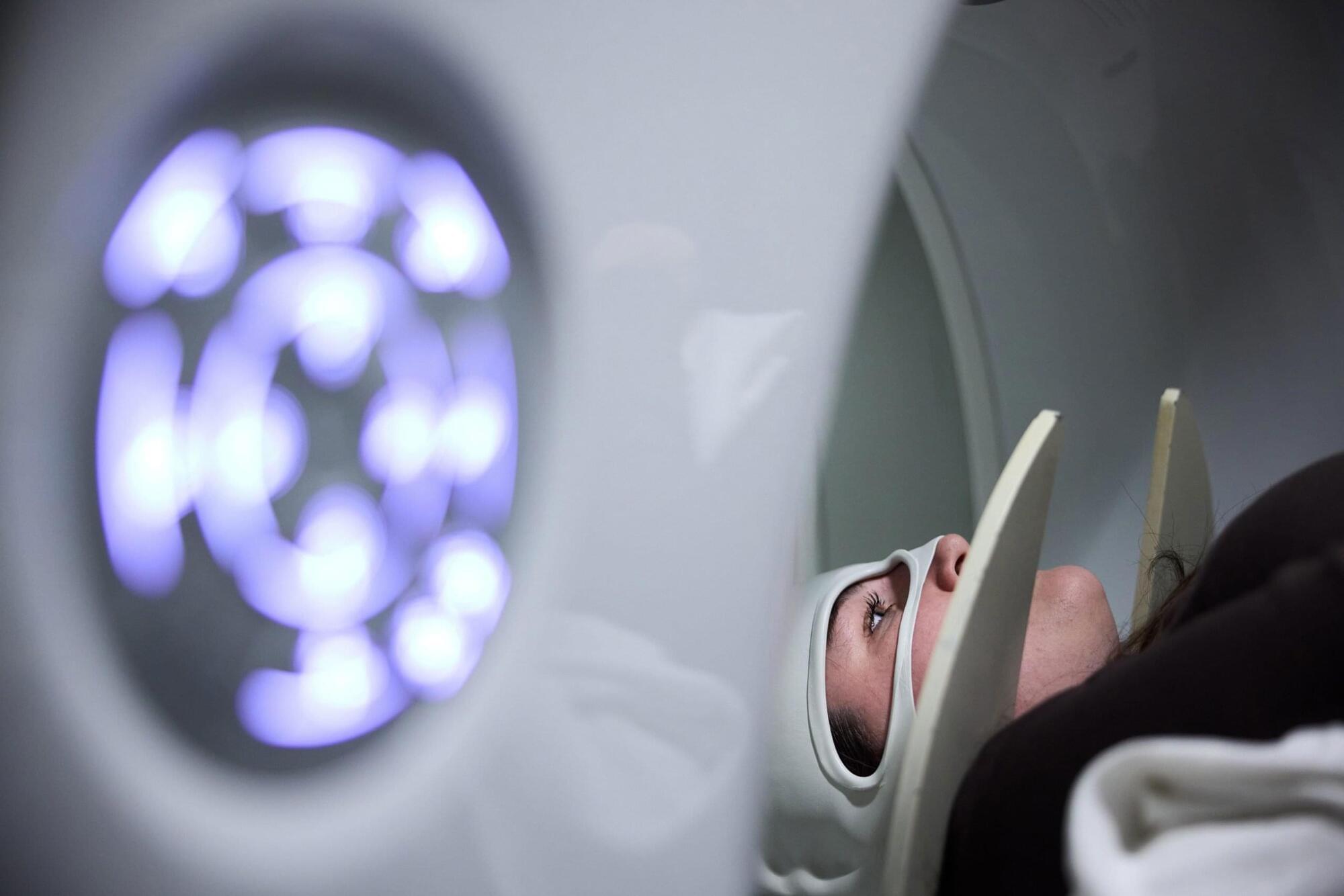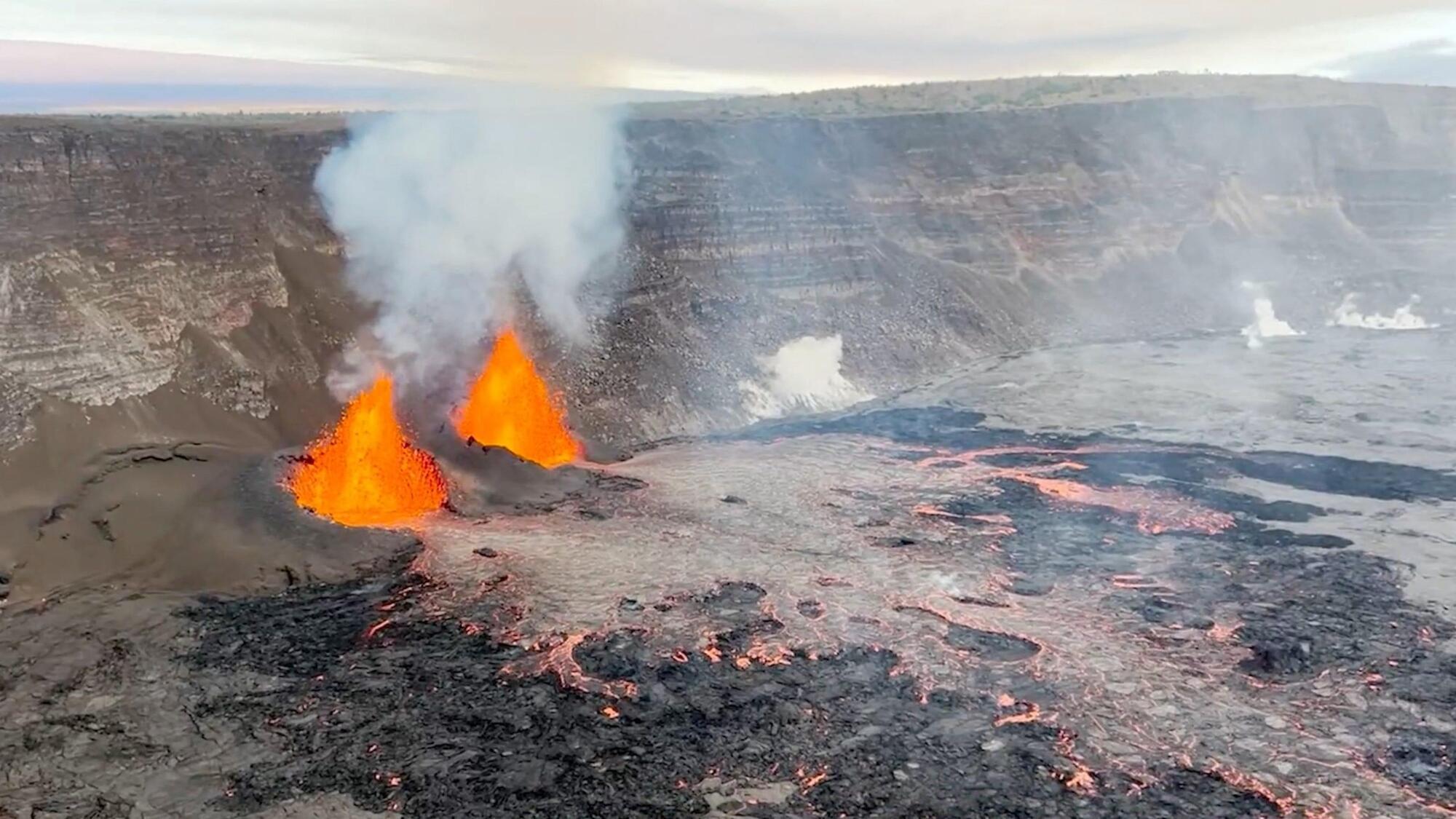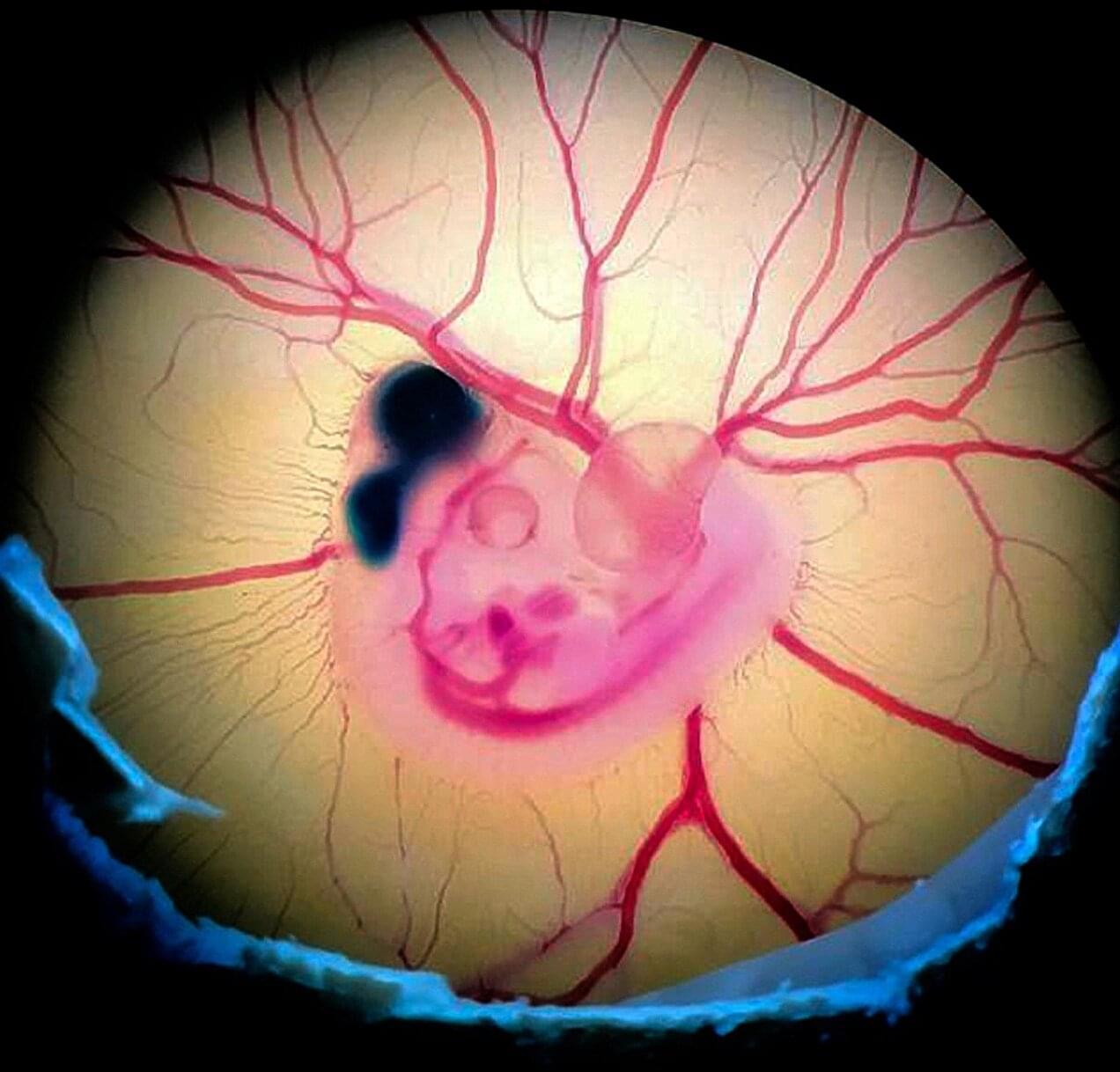The first step in this process is determining where in the brain the BCI should record from to decode someone’s intended speech.
Currently, BCI devices are only used on individuals with paralysis from ALS or stroke in the brainstem, which leaves them unable to move or communicate. In these patients, BCIs record signals from the frontal lobe. But Broca’s aphasia, which most often affects people after a stroke or brain tumor, results from damage to the frontal lobe of the brain, where speech production and parts of language are processed. So, to help patients with Broca’s aphasia, scientists would likely need to record signals from other areas of the brain.
